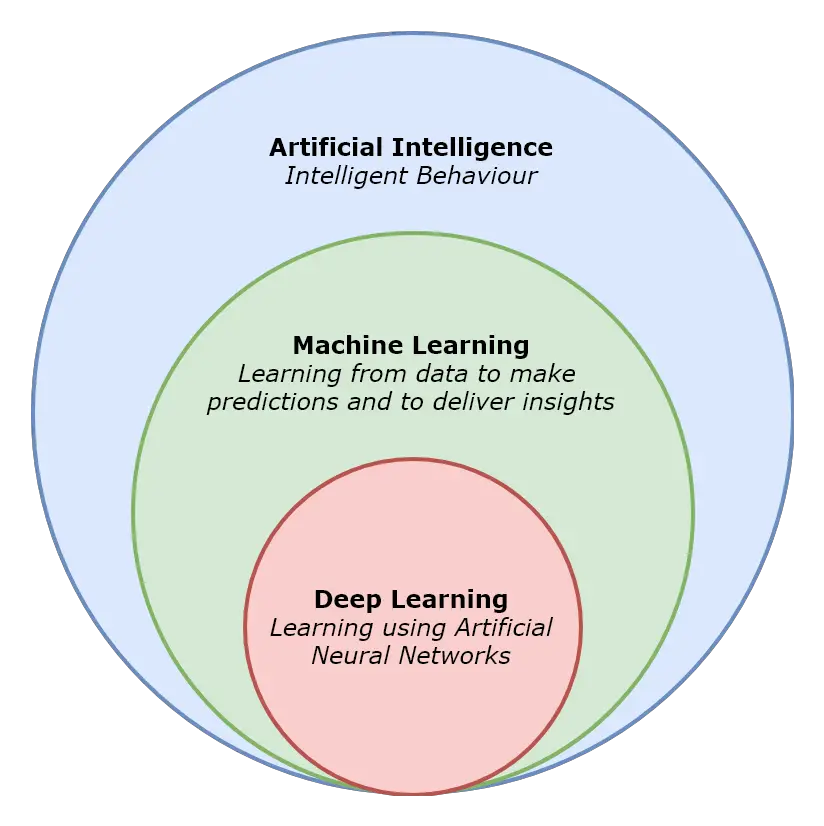The Role of Artificial Intelligence in CDN Optimization

Executive Summary

Artificial intelligence (AI) has emerged as a transformative technology with far-reaching implications across various industries, including content delivery networks (CDNs). By leveraging AI’s capabilities, CDNs can optimize their performance, enhance user experience, and gain a competitive advantage. This article explores the multifaceted role of AI in CDN optimization, shedding light on its key applications and benefits.

Introduction
In the realm of digital content delivery, CDNs play a crucial role in ensuring fast, reliable, and secure access to online content. However, as the volume and complexity of internet traffic continue to surge, traditional CDN techniques face challenges in delivering optimal performance. AI offers a powerful solution to these challenges, enabling CDNs to adapt dynamically to changing network conditions, optimize content caching strategies, and provide personalized user experiences.
FAQs
Q: How does AI optimize CDN performance?
A: AI algorithms analyze network traffic patterns, identify congestion points, and predict future demand. Based on these insights, CDNs can adjust their routing strategies, cache content more effectively, and allocate resources efficiently.
Q: What are the benefits of using AI in CDN optimization?
A: AI-powered CDNs offer reduced latency, improved reliability, cost savings, enhanced user satisfaction, and increased competitive advantage.
Q: What are some real-world examples of AI in CDN optimization?
A: Major CDN providers such as Akamai, Cloudflare, and Limelight Networks have deployed AI technologies to improve their content delivery performance. For instance, Akamai’s AI-powered Intelligent Platform uses machine learning to optimize content delivery, reducing latency by up to 30%.
Subtopics and Descriptions
1. Network Optimization
AI algorithms analyze network conditions in real-time, identifying congested areas and predicting future traffic patterns. Based on these insights, CDNs can dynamically adjust their routing strategies, choosing the most efficient paths for content delivery. This optimization reduces latency and improves overall network performance.
- Dynamic routing: AI-powered CDNs can automatically switch between different network providers or routes based on real-time traffic data.
- Congestion avoidance: AI algorithms can predict congestion points and avoid routing traffic through those areas, ensuring high availability and performance.
- Traffic prediction: AI models forecast future traffic patterns, allowing CDNs to proactively allocate resources and optimize content caching.
2. Content Caching
AI algorithms analyze user behavior, content popularity, and network conditions to optimize content caching strategies. By caching frequently requested content at the edge of the network, CDNs can reduce latency and improve user experience. AI also enables dynamic caching, adapting to changes in content demand and network conditions.
- Adaptive caching: AI models learn from user behavior and network patterns, adjusting caching strategies based on real-time data.
- Personalized caching: AI can cache content based on user preferences, providing a tailored experience and reducing unnecessary data transfers.
- Edge caching: AI-powered CDNs can cache content at the edge of the network, closer to end-users, significantly reducing latency.
3. User Experience
AI algorithms analyze user metrics such as loading times, buffering events, and page views to identify areas for improvement in user experience. By optimizing network performance and content caching, AI-powered CDNs can reduce latency, improve content quality, and enhance overall user satisfaction.
- Latency reduction: AI optimization techniques minimize latency by choosing efficient routes and caching content closer to users.
- Reduced buffering: AI algorithms can predict and prevent buffering events, ensuring smooth and uninterrupted video streaming.
- Personalized content delivery: AI can tailor content delivery based on user device, location, and preferences, providing a seamless experience.
4. Security
AI algorithms can identify and mitigate security threats in real-time, ensuring the security and integrity of content delivered through CDNs. AI-powered CDNs can detect malicious traffic, prevent DDoS attacks, and protect against data breaches.
- Threat detection: AI algorithms analyze traffic patterns and identify anomalous behavior, flagging potential security threats.
- DDoS mitigation: AI-powered CDNs can automatically detect and mitigate DDoS attacks, protecting against service disruptions.
- Data protection: AI algorithms can encrypt data and implement access controls to safeguard sensitive information.
5. Cost Optimization
AI algorithms can analyze usage patterns and identify areas for cost optimization. By optimizing network routing, caching strategies, and resource allocation, AI-powered CDNs can reduce operational costs without compromising performance.
- Traffic steering: AI can dynamically route traffic based on cost-efficiency, reducing bandwidth costs.
- Intelligent resource allocation: AI algorithms optimize resource allocation, ensuring efficient use of CDN infrastructure.
- Billing optimization: AI can analyze usage patterns and recommend billing plans that align with actual consumption.
Conclusion
Artificial intelligence has revolutionized CDN optimization, enabling CDNs to meet the demands of the modern digital landscape. By leveraging AI’s capabilities, CDNs can optimize network performance, enhance user experience, improve security, and reduce costs. As AI technology continues to advance, we can expect even more innovative and groundbreaking applications in the realm of CDN optimization.
Keyword Tags
- Artificial intelligence
- CDN optimization
- Network optimization
- Content caching
- User experience
